Stop Dog Scratching Stitches with Hind Legs (DIY)
It’s a common scenario for dog owners: you bring your beloved pup home after a surgical procedure, and within hours they’re itching to scratch at their stitches. As much as you empathize with them, you know that messing with their surgical site is a no-go. But how do you stop your dog from using their hind legs as surgical sabotage tools?
In this article, we’ll explore strategies to protect your dog’s stitches from their own scratching instincts. We’ll discuss the importance of maintaining a clean and healthy incision site and share several effective methods for preventing your canine companion from causing harm to their stitches. So, let’s dive in and help ensure your dog’s road to recovery remains smooth and free of setbacks.
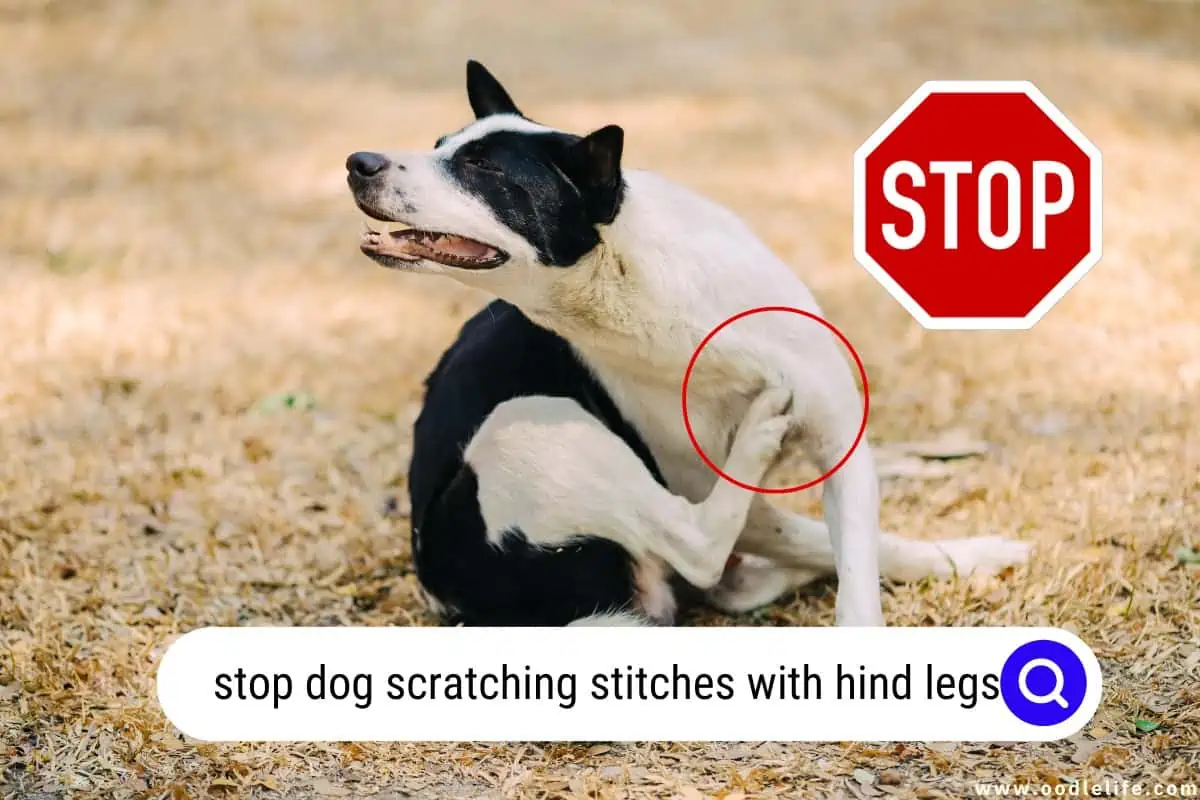
For every dog owner who’s ever groaned at the sight of their pup going to town on their stitches, worry not. Whether you choose to dress your recovering dog in a stylish t-shirt or use an effective anti-itch spray, there’s a solution for every persistent pup out there. Stick with us, and we’ll guide you through the options to find the best fit for your four-legged friend.
Preventing Scratching
Crate
Using a crate can help reduce the chances of your dog scratching their stitches with their hind legs. The crate should be large enough for your dog to lie down comfortably, but not so big that they can move around too much. Place a soft bed inside the crate to ensure maximum comfort.
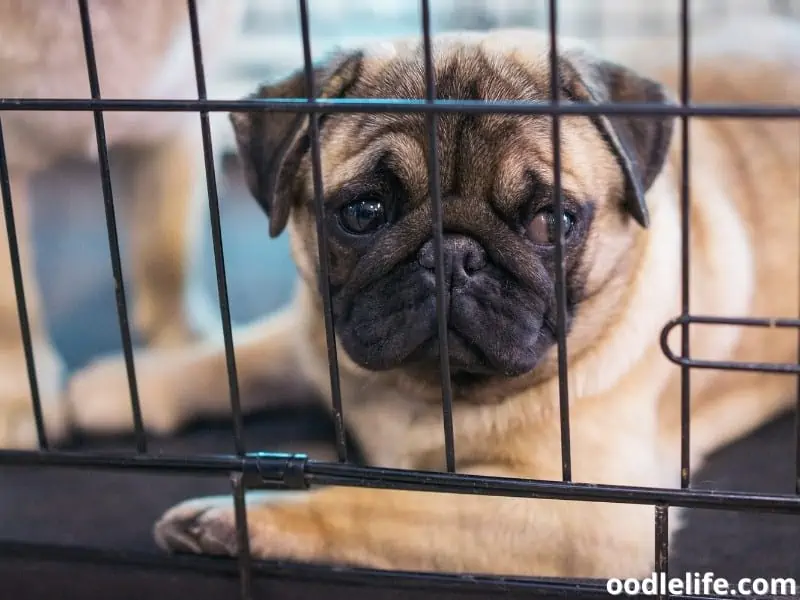
Remember, it’s not a punishment but a safe space for them to heal!
For example, imagine your dog named Benny has just undergone surgery. You place Benny in a crate with a soft bed and his favorite toys. This keeps Benny occupied and comfortable, reducing the temptation to scratch those pesky stitches.
T-Shirt
A t-shirt can be a simple and effective solution to prevent your dog from scratching their stitches. Depending on the size of your dog, choose a child’s or adult’s t-shirt. Make sure it’s cotton, so it will breathe.
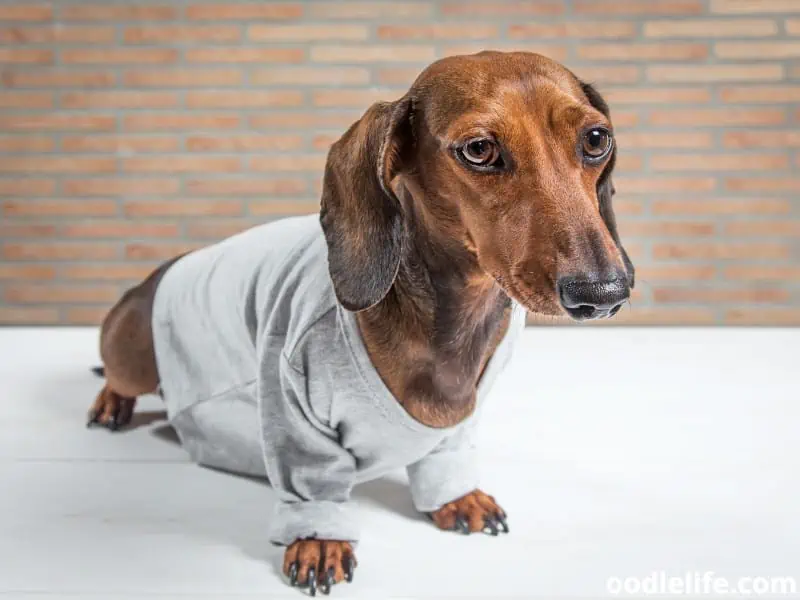
Gently place the t-shirt over your dog’s torso, covering the incision site. Tie any excess material in a knot over their rump, allowing them to still relieve themselves without any mess.
Picture this: your dog Fido, wearing your old “I survived the 2022-2023 Zombie-Marathon” t-shirt, is not only sporting the latest in post-apocalyptic fashion but also protecting their precious stitches from being scratched with their hind legs. Now that’s a win-win!
Socks
For those creative souls, socks can be a funky way to prevent your dog from accessing the stitches. Simply cut the toe part off an old sock and slide it over the affected area on your dog. Ensure it’s snug, but not too tight, as that may cause discomfort.
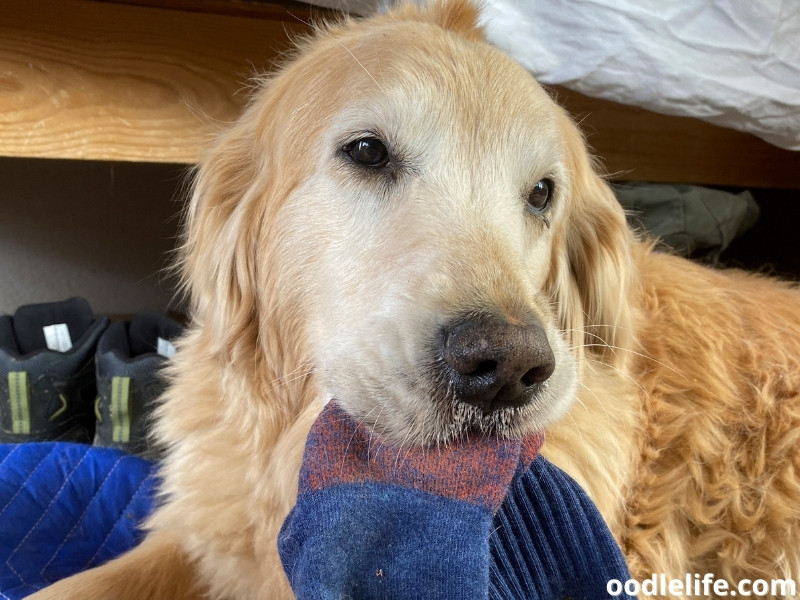
Let’s say your dog, Lulu, has some stitches close to her hip area. You dig through your drawer and find a pair of old polka-dot socks. With a small snip, those socks become Lulu’s new protective gear, warding off hind leg scratches while making a bold fashion statement.
Remember, if your dog continues to scratch or shows signs of distress despite these solutions, consult your vet. There could be underlying issues that might require medication or additional care. After all, our priority is to keep our furry companions happy, healthy, and stylish!
Causes of Itching
Allergies
One common cause of itching in dogs is allergies. Dogs can be allergic to various environmental factors such as pollen, dust, and molds. Additionally, food allergies could also be a culprit, with some dogs being sensitive to ingredients like beef, chicken, and dairy products.
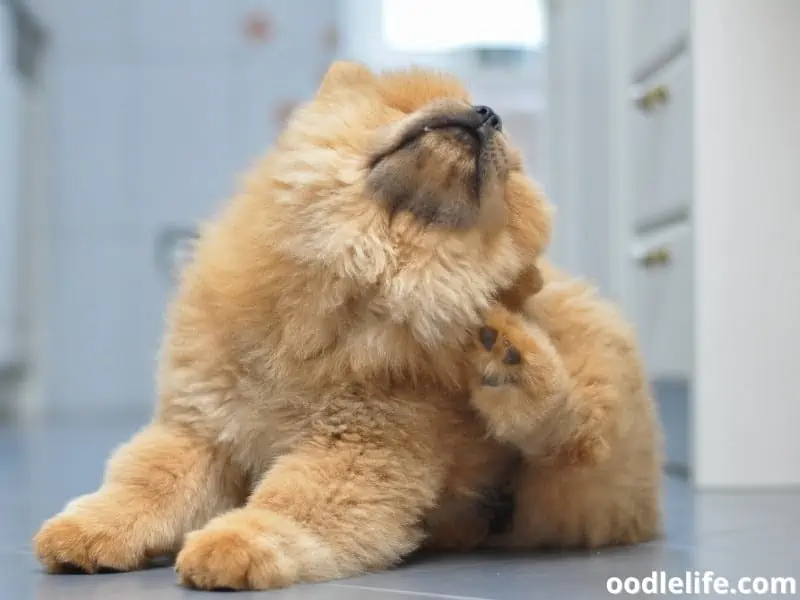
Much like a sneezing human during pollen season, an itchy dog might be fighting off their allergy with scratching, biting, or licking.
Fleas
The very mention of the word “fleas” can make a dog owner’s skin crawl. These pesky parasites can turn your dog into a scratching machine. When fleas bite your dog’s skin, they release saliva that can cause itchiness and discomfort.
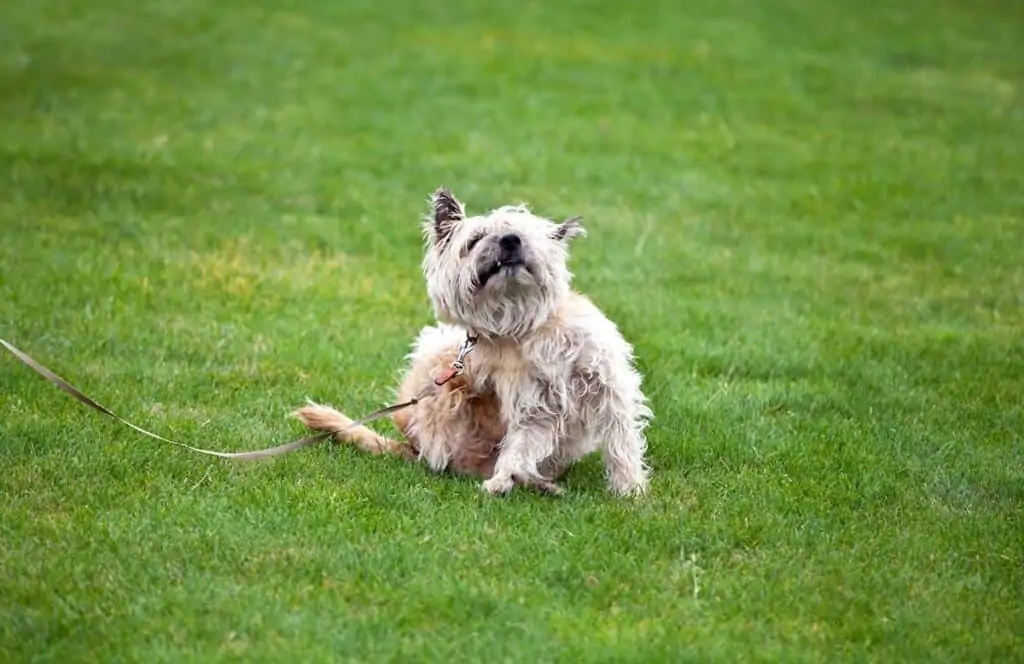
So if your dog is itching vigorously, don’t be too quick to judge – they might not be just “fleabitten,” but fighting off real fleas!
Mites
Another itch-inducing critter is the mite. Mites are tiny parasites that burrow into the dog’s skin causing inflammation and irritation. A common mite-related itching condition is called “sarcoptic mange” or “scabies”.
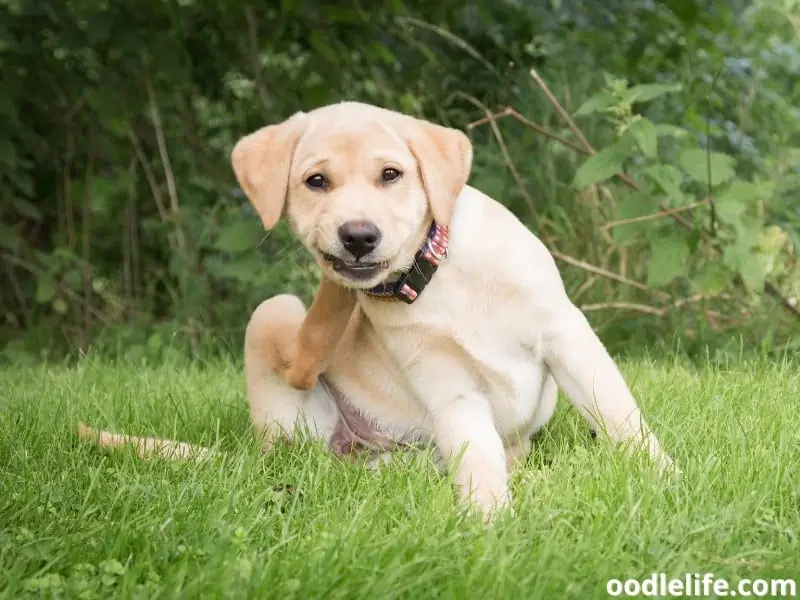
Similarly, to fleas, these little villains can make our dogs feel like they’re stuck in a perpetual itch-fest.
Skin Infections
Finally, skin infections can also lead to itching in dogs. Bacterial and fungal infections can cause skin irritations, putting your dog in a never-ending loop of scratching and licking. Just imagine if you had a never-ending itch!
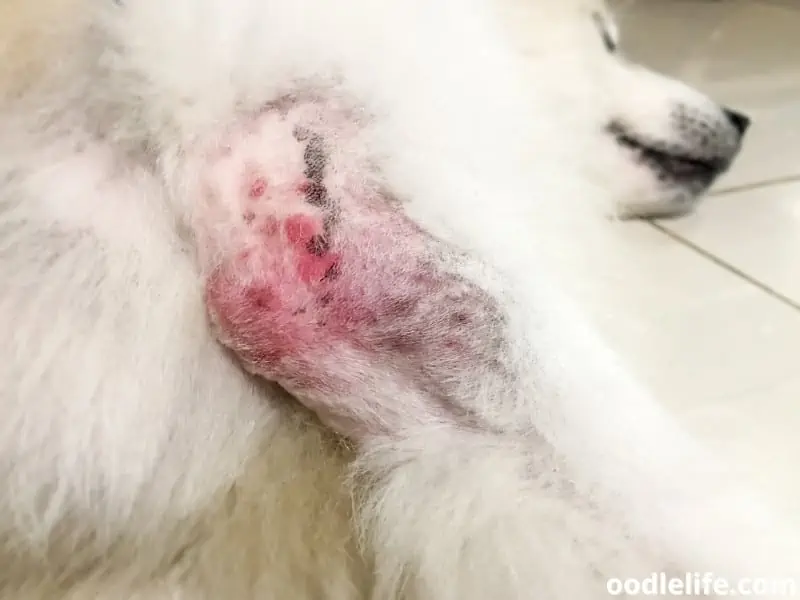
No doubt you might go bonkers too.
In conclusion, identifying the cause of itching in dogs is essential for their comfort and health. From allergies and fleas to mites and skin infections, finding the right culprit, and seeking the appropriate treatment will help your dog ditch the itch, and can potentially save their stitches from being scratched relentlessly with their hind legs.
Managing Pain and Discomfort
Painkillers
Managing your dog’s pain and discomfort after stitches is crucial to ensure a smooth healing process. One way to help alleviate pain is by using prescribed painkillers from your veterinarian. It’s important to follow the dosage instructions provided by your vet, and remember, human painkillers should never be given to dogs without consulting a professional first.
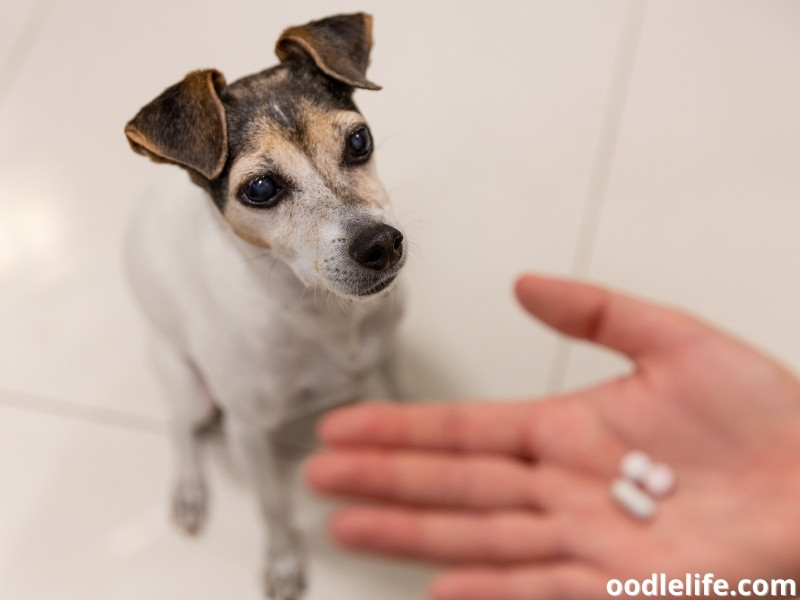
Anti-Itch Spray
To tackle the itching sensation near the stitches and prevent your dog from scratching the incision with their hind legs, consider using an anti-itch spray or cream. This will ease the irritation and make your dog less likely to scratch, ensuring the wound stays clean and heals properly.
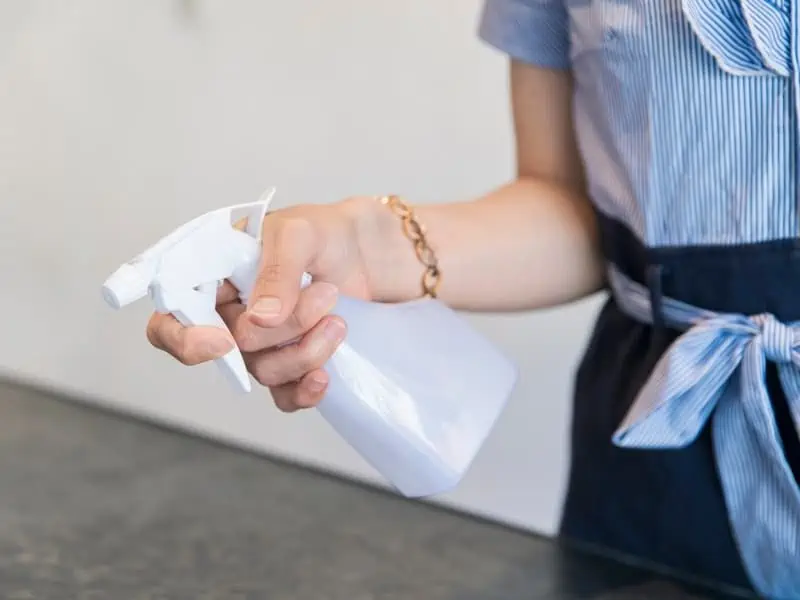
Did you know? Dogs are just like us when it comes to itchiness – sometimes it takes just one scratch to open the floodgates! Keep that anti-itch spray handy.
Soft Bed
A comfortable resting spot is essential for your dog’s recovery. Make sure to provide a soft bed or a padded area for your pooch to rest on, avoiding any pressure on the stitches. It’s like that memory foam pillow you got for yourself, but for your furry friend.
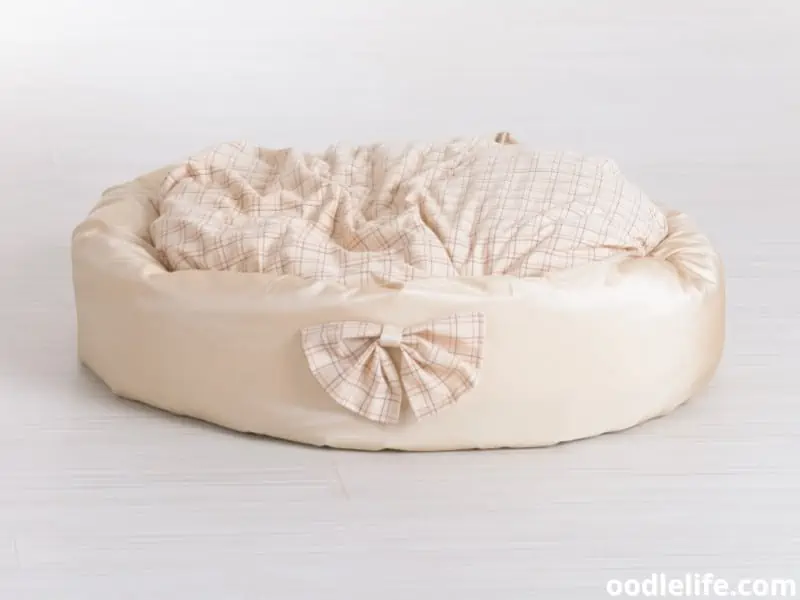
Dog-owner’s-Memo
To-Do:
1. Buy more kibble
2. Grab that sensationally soft doggie bed!
3. Schedule obedience classes (for dog *and* husband)
Remember to keep a keen eye on your pup during the recovery process and follow the vet’s recommendations. With some TLC, anti-itch spray, painkillers, and a cozy bed, your dog should be well on their way to a successful healing journey.
Ensuring Proper Healing
Incision Care
Proper incision care is essential for your dog’s recovery after surgery.
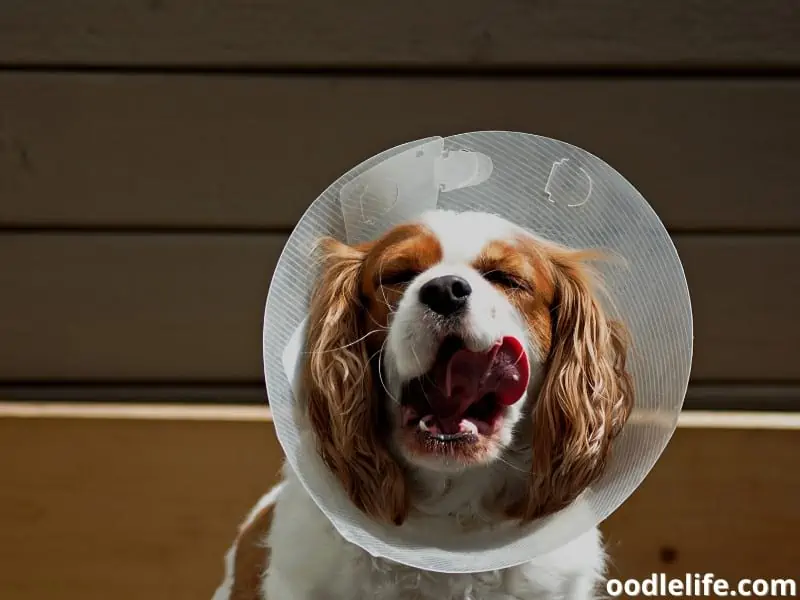
Here are some tips to help you take good care of the incision site:
- Keep the area clean and dry. Avoid using alcohol or hydrogen peroxide, as they can harm the cells and slow recovery.
- Prevent your dog from licking or touching the incision. You can use a cone, a soft collar, or cover the area with a breathable cotton t-shirt.
- Monitor the incision site twice a day for signs of infection or other issues. Reach out to your vet if you notice anything concerning.
A good anecdote about incision care involves a mischievous dog who managed to find a way to lick his wound even with a cone on. His owner had to get creative and wrapped his abdomen with a colorful bandana to prevent this behavior. The dog not only stopped licking his wound, but he also became a fashionable canine star among the neighbors.
Just remember to keep your dog stylish and comfortable during the healing process.
Signs of Infection
Knowing the signs of infection is crucial, as it will help you identify potential issues in time.
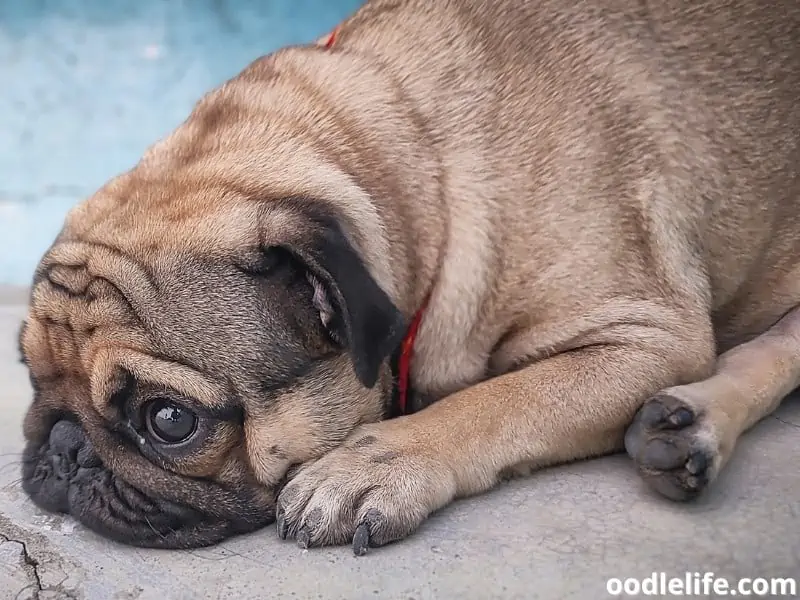
Look for the following signs:
- Increased redness or swelling at the incision site
- Discharge, especially if it’s yellow, green, or has a strong smell
- Persistent bleeding or oozing from the incision
- High temperature or fever
- Lethargy or loss of appetite
If your dog demonstrates any of these signs, it’s essential to contact your veterinarian immediately.
As an analogy, think of the incision site as a construction site. Our immune surveillance agents (white blood cells) are like vigilant security guards, ensuring everything is on track. If unwanted intruders like bacteria try to infiltrate, these guards call for backup and create an inflammatory response, like construction workers coming to repair a broken fence.
The key takeaway is to keep a watchful eye on your dog’s incision site for potential issues.
Recovery Period
The recovery period after surgery can vary depending on several factors, such as age, breed, and overall health.
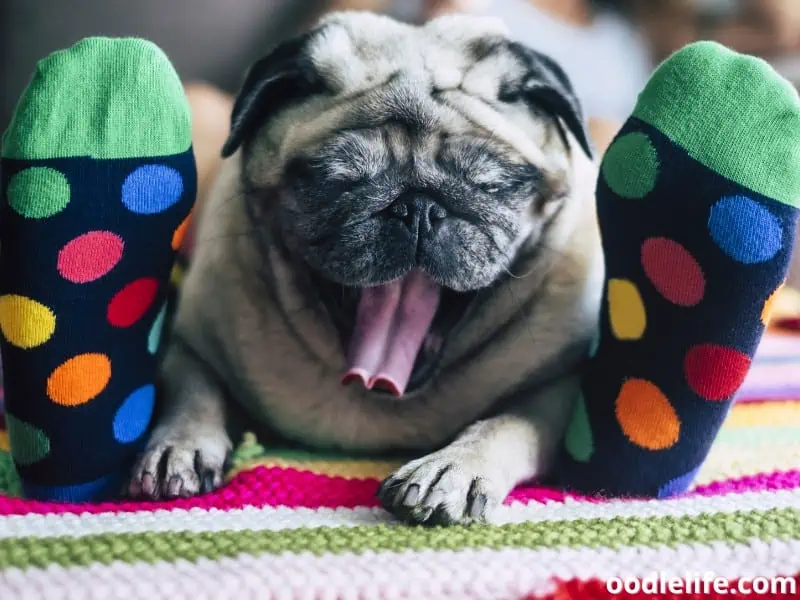
However, some typical tips will help ensure a smooth recovery:
- Keep your dog calm and avoid strenuous activities like running or jumping.
- Maintain proper hygiene by cleaning the incision site gently with water and mild soap.
- Follow your veterinarian’s recommendations regarding medication and dietary restrictions.
- Regularly check the incision site and communicate with your vet if you notice any changes.
Remember, slow and steady wins the race when it comes to your dog’s healing process. Just like a marathon runner knows not to push too hard before a race, pacing your furry friend and keeping a watchful eye on the incision will help them heal at a healthy rate.
In conclusion, proper incision care, being aware of infection signs, and adhering to the recovery period guidelines are all key factors to ensure your dog’s proper healing after surgery. By following these tips, you’ll give your canine companion the best chance to recover and get back to their normal, bouncy, and playful self!
Restricting Physical Activity
Restricting your dog’s physical activity during the healing process is crucial to prevent them from scratching their stitches, hind legs or spay incision. This section will cover two essential sub-sections: walks and managing anxiety.
Walks
When your dog has stitches, make sure to adjust their walks accordingly. Shorter and more frequent walks can help strike a balance between limiting activity while providing adequate physical and mental stimulation.
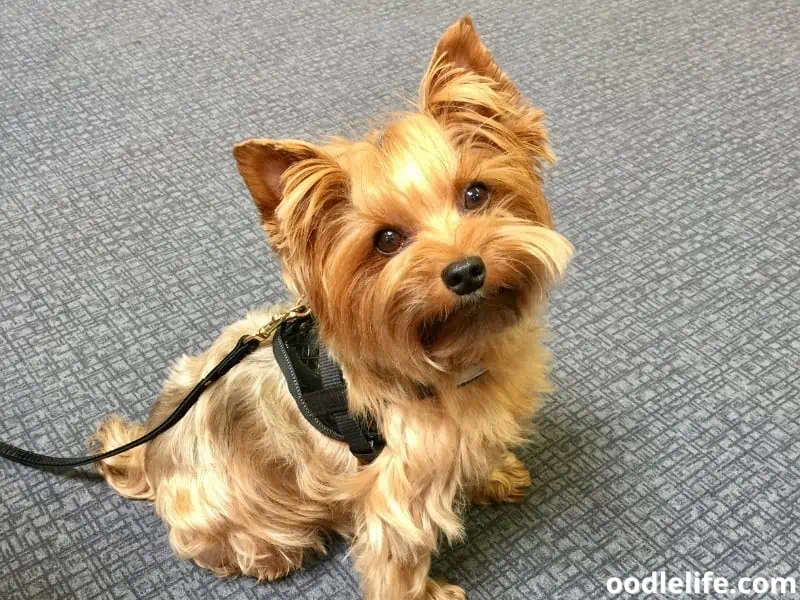
Be sure to:
- Keep a close eye on your dog during walks to ensure they aren’t trying to lick or scratch their stitches.
- Use a gentle leader or harness to maintain control and avoid sudden pulls that could stretch or damage the stitches.
- Avoid rough play and off-leash activities that may cause your dog to become overly excited and risk harming the surgery site.
Managing Anxiety
Sometimes, reducing your dog’s physical activity may lead to an increase in anxiety.
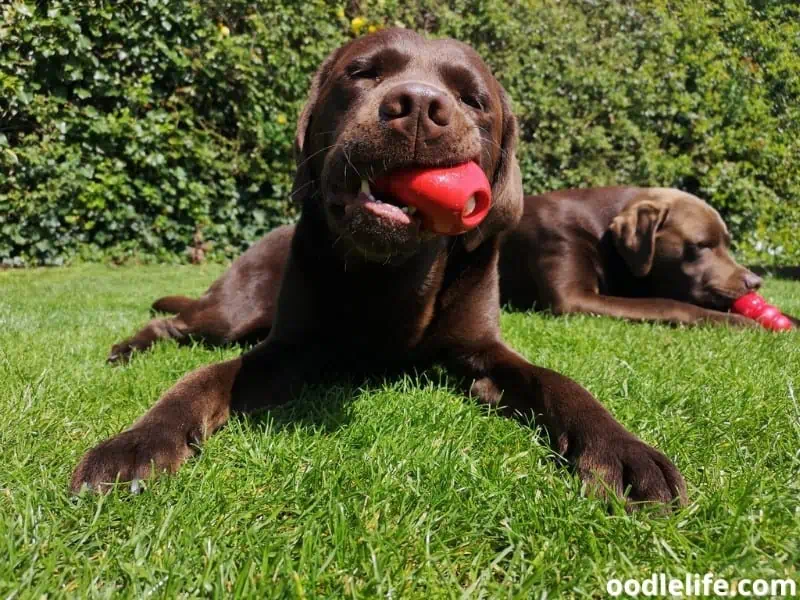
Use these tips to help manage their anxiety and avoid the urge to scratch:
- Provide puzzle toys and interactive games that require mental focus, rather than physical exertion. This can help keep your dog entertained without overexerting themselves.
- Give your dog a comfortable space to rest while recovering. Adding a soft blanket and a favorite toy can help create a soothing environment.
- Offering gentle, relaxing massages can help calm your dog and reinforce positive behavior. Avoid applying pressure near the stitches, and focus on soothing petting and gentle scratches on non-affected areas.
By following these guidelines and keeping your furry friend’s physical activity in check, you’ll help them heal faster and avoid any complications caused by scratching their stitches. Remember, a healthy and happy dog is a well-cared-for dog!
Other Tips and Precautions
After your furry friend’s ovariohysterectomy, it’s essential to take extra precautions to avoid complications. Preventing your dog from scratching their stitches is crucial, and the following tips and advice will help keep your pooch safe and comfortable during their recovery.

First, consider using a crate to limit your dog’s movement, especially when you’re not around to keep an eye on them. A crate will make it more challenging for your fur buddy to scratch or lick their stitches, and it helps them stay put – a much-needed rest for successful healing.
Next up, keep an eye out for any skin irritations around the surgical site. Sometimes, these irritations might tempt your dog to scratch. Combat this problem by gently cleaning the area with prescribed antiseptic solutions (remember, no alcohol or hydrogen peroxide) and using pet-approved anti-itch creams or sprays.
The good old “cone of shame” (also known as an e-collar) is another effective method to prevent your canine companion from reaching their stitches. While it might not be their favorite fashion accessory, it will help give the wound time to heal properly. Worried about your little one looking like a satellite dish?
There are also inflatable and soft fabric collar alternatives available!
If the stitches are located on the dog’s torso, you can use a cotton t-shirt as an alternative to the cone. Just make sure it fits your pal comfortably and doesn’t restrict their movement too much. Plus, who wouldn’t want to see their pup rocking human clothes?
Just don’t forget to document the cuteness for future laughs.
In summary:
- Use a crate to limit movement and protect the stitches
- Monitor for skin irritations and clean the area with approved solutions
- Employ an e-collar or alternative (like a t-shirt) to prevent licking and scratching
Follow these tips for a smooth healing process, and your dog will be back to chasing squirrels and binge-watching their favorite ‘Scooby-Doo’ episodes in no time!